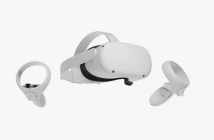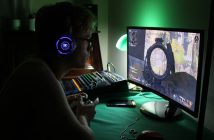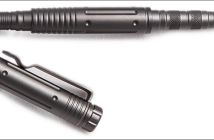
Choosing the perfect studio headphones is necessary to ensure you get the most out of your studio. Headphones for studios vary greatly in quality and features, and it makes sense to understand what to consider. Finding the perfect pair is exciting but could also be frustrating because there are dozens of models out there that you have to choose from, and it’s not easy to know which delivers the best experience.
To help you pick the right studio monitor, consider the following guidelines.
Noise cancelling
While working in the studio the last thing you want are interruptions arising from noise. To ensure you are able to focus on your work, consider the noise cancelling properties of the headphones. The best technology for this would be active noise cancelling, where the headphone is made with small microphones that pick noise from outside then produce noise frequencies in the opposite direction, thereby effectively drowning the noise. This technique is effective when you are working in the studio with other people who might cause movements and disruptions in sound.
Frequency range
Distortion in the sound produced is something that might make it challenging to know how to control different sounds. This can be controlled using the right frequency range. A good studio headphone will have great frequency range, mainly between 40 and 55 Hz for lows and a range of between 22 and 32 for highs. More expensive headphones excel in this category because they have powerful amplifiers and strong woofers.
Studio headphones design
A studio headphone is made up of some basic components that enable it to function as required. The design of the headphone includes size and the drivers (sound components). Drivers influence the sound quality of the headphone, so while buying one you must ensure it has all the required drivers.
Some of the studio headphones you will find come with tweeters, which are basically treble speakers that are responsible for producing high frequencies, usually between 2,000 Hz and 20,000 Hz. The headphone will also have bass speakers, which produce low frequencies, usually ranging between 40 Hz and 5,000 Hz. This means a larger woofer would produce a good bass response, so while buying consider these factors.
Active vs passive monitors
Monitors use amplifiers to enhance the sound quality. In the case of active monitors, the headphone comes with a built-in amplifier, which refines sound on the go. However, there are those that require a separate amplifier that may call for additional connections or equipment. For the best experience, it’s recommended to consider an active monitor as this ensures amps are matched with the speakers for high-quality sound output.
It’s important that when buying studio headphones you consider the quality of the sound produced. This can be verified by considering a number of areas including the kind of frequency the speakers can attain, the availability of built-in amplifiers, and the general build quality of the headphones. Don’t forget to include noise cancellation in your list of factors while looking for a good pair of studio headphones.


